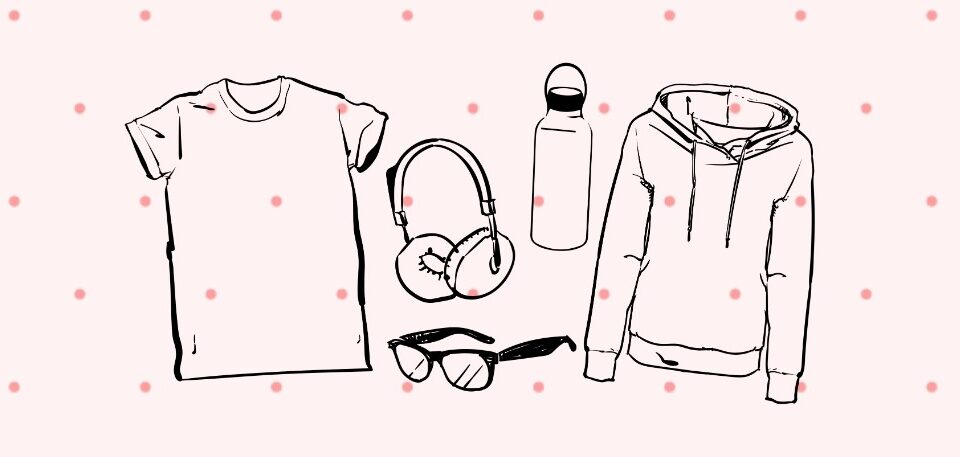Content, Optimization Top Priorities for In-House Marketers
June 3, 2014How Do You Make Marketing Decisions?
August 12, 2014There is a bewildering variety of printing papers available, and deciphering a print quote can seem like reading a foreign language. Here are some of the most relevant terms you need to know.
Basis weight is the weight in pounds of a ream (500 sheets) of a paper at its basic size, or the size of the uncut sheet supplied to the printer. For example, the basic size of book paper is 25 x 38 inches, and a ream weighing 70 pounds would be 70-lb. book paper. Sometimes metric is used: 70-lb. book paper is equivalent to 104 g/m2.
Cover, card, and other thick stocks are often specified by thickness, measured in “points.” This is often abbreviated “pt.”— for example, “8-pt. cover.” One point is 1/1000th of an inch, so this means that the stock is 0.008 inches thick.
Paper grade refers to the end use of that paper. Bond paper is used for letters and documents, book paper for books, offset for offset printing, and so on. Digital presses generally have their own grades. Thicker grades include cover, bristol, tag, and index.
Paper is often coated during manufacture, which improves the reproduction of fine halftone screens and color fidelity. C1S means “coated one-side,” which is useful for labels, packaging, and other materials destined for single-sided printing. C2S means “coated two-side” and is preferred for two-sided commercial printing.
Brightness refers to the percentage of light that is reflected from the sheet’s surface. Basic white copy paper has a 92 brightness. Brightness by component wavelength (red, green, or blue) is also determined for papers, as papers can reflect different amounts of certain colors, imparting a color cast to a printed piece if you’re not careful.
Looking to learn more about paper? Just ask!



